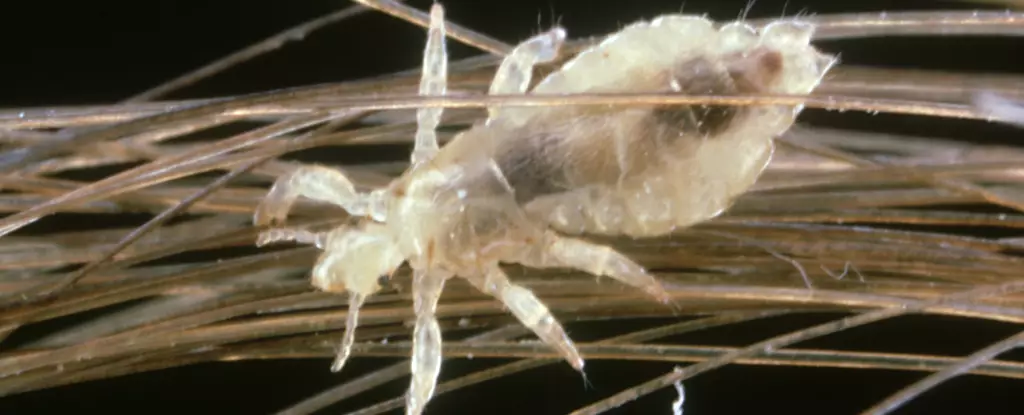Head lice infestations are a prevalent issue that many parents face, particularly with young children. These tiny six-legged insects have a long history of cohabiting with humans; they have evolved alongside us and continue to persist as a common nuisance. In recent years, controlling these pests has become increasingly challenging, primarily due to the diminishing effectiveness of conventional chemical treatments. This article explores the nature of head lice infestations, methods of treatment, and practical advice for caregivers.
Understanding Head Lice
Head lice, or Pediculus humanus capitis, are small insects that only inhabit human hair. Commonly found in the hair of primary school-aged children, these pests thrive in warm environments and feed on human blood. Adult lice can move adeptly through hair, utilizing specialized claws designed for this purpose. However, their mobility reduces significantly once they are away from the scalp, rendering them clumsy and vulnerable.
The first sign of a head lice infestation typically appears as “nits,” which are the eggs laid by female lice. A single female can produce over 100 eggs in her month-long lifespan, making it easy for infestations to escalate rapidly. While the itching and scratchy sensations that result from head lice bites can be quite uncomfortable, it’s important to note that health authorities, including Australian health officials, classify head lice as a nuisance rather than a health risk. There is no evidence suggesting that head lice transmit diseases, but the social stigma surrounding infestation can be a daunting concern for affected children and their families.
Statistics indicate that head lice infestations are incredibly common among schoolchildren across Australia. Reports suggest that classroom infestation rates can vary dramatically, reaching as high as 72% in some areas. Notably, girls appear to be more susceptible than boys, likely due to longer hairstyles that provide a more accessible environment for lice to thrive. The transfer of head lice primarily occurs through direct head-to-head contact, which is often facilitated during playtime, cuddling, or group activities at school.
Interestingly, health guidelines differ by region regarding school attendance. In states like New South Wales and Queensland, affected children may attend school, as preventing absences can help reduce anxiety associated with being sent home over lice infestations.
Debunking Common Misconceptions
An often-held belief is that cleanliness directly correlates with the prevention of head lice. This misconception is misleading. Head lice do not favor dirty environments—regardless of how clean a household may be, these pests can still invade. For instance, shared items like pillows, hats, or hair accessories may pose some risk, but the reality is that lice primarily spread through physical contact. Therefore, strict hygiene practices do not inherently shield a family from an infestation.
Authorities have made it clear that there is no need to wash bedding or furniture to control head lice. As per guidelines from NSW Health, items like linens, clothing, and furniture do not serve as reservoirs for lice and do not require special cleaning measures.
Managing a head lice infestation effectively requires patience, persistence, and a strategic approach. A variety of over-the-counter products can be found in pharmacies, but many of these solutions involve insecticides that may only kill lice on contact without addressing the eggs. Furthermore, resistance to these insecticides is becoming increasingly common, complicating the treatment process.
Instead of relying solely on these chemical treatments, health authorities often recommend the “wet combing” method as a viable alternative. This technique involves applying hair conditioner to damp hair to immobilize the lice before using a fine-toothed lice comb to remove adult lice physically. The procedure should be repeated after about a week, allowing any remaining eggs to hatch. This might seem counterintuitive, but young lice are easier to eliminate than their eggs.
Parents should be vigilant about checking for lice or nits not only on their children but also on themselves. Though it’s true that children are typically the primary hosts, adults can also contribute to the cycle of infestation.
While head lice can pose a nuisance, they are manageable with the right strategies. Understanding their biology, the nature of transmission, and effective treatment options can empower parents and caregivers to tackle this common issue without undue stress or stigmatization. By promoting awareness and adopting preventative measures, families can minimize the impact of head lice infestations and maintain the wellbeing—and confidence—of their children.

